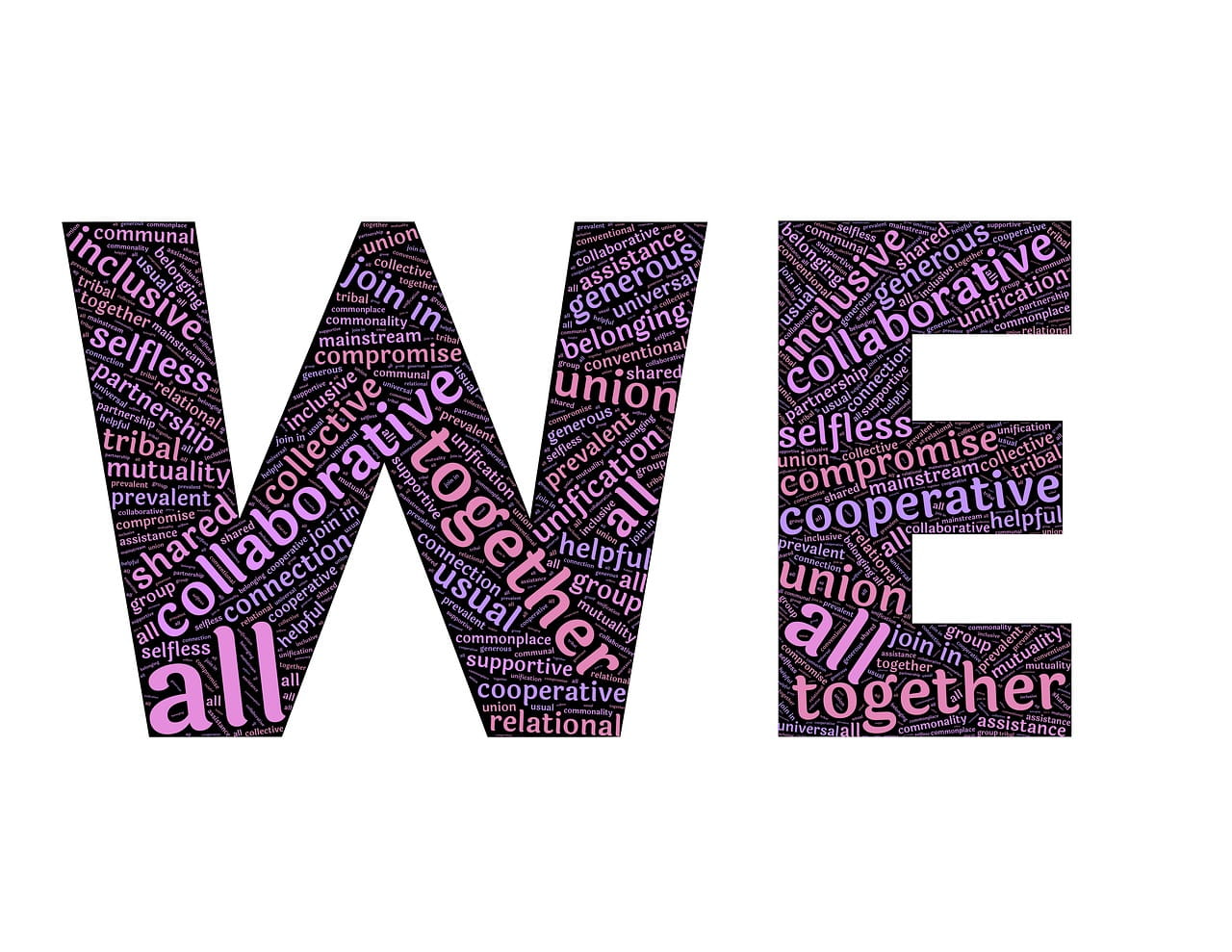Value Creation in Negotiations

Shows how to create value in all your business negotiations, and find strategies to develop a collaborative and cooperative framework to achieve more at the negotiating table.
Our efforts to create value in any negotiation will be highly limited if we don’t form a collaborative negotiation approach with the other side. We don’t want to find ourselves making a shaky agreement with an angry and resentful partner. Instead, we want to create a relationship that is solid and durable, and benefits everyone.
The ideal scenario is to leave the table shaking hands, smiling, and feeling pleased that we worked together to make the best possible deal for both of us. All too often, the natural consequence of competitive negotiating is that one or both sides feel cheated or at least hard done by. As a result, both sides and their colleagues invest time into figuring out how to live up to the letter but not the spirit of the contract. The result? Claiming value at almost every opportunity, stripping the deal of value. So let’s examine several successful and necessary strategies to make this work.
Creating Value Begins with Information Sharing
Scenario: We know what we want to achieve, as does the other side. However, we don’t know each other very well. So how do we get the ball rolling? The first step is to build trust through information sharing. This does not mean you should disclose your entire game plan and hope for the best. Rather, you must begin slowly to ensure that the other side is on the same page and is ready and willing to reciprocate in sharing information. So what is the easiest way to achieve reciprocal sharing of information?
Ask and Answer Questions
Neither side can proceed effectively until each begins to fully understand the other. The only way to begin this process is to ask intelligent questions. We will already have determined the questions we want to ask in our preparatory stage, which should be analytical and problem-solving in nature. One or both sides are likely to have a problem or challenge. We want to find the best means of addressing that challenge through a mutually attractive solution.
Likewise, we are anticipating the questions they will be asking us. The more information each side can glean about the other, the more readily they will be able to find creative solutions that address the needs and objectives of both.
A negotiation is not one-sided. If we expect to receive information, we must also be willing to share it. Reciprocity is the key to successful fact-finding. It’s the only way we will be able to find creative solutions that benefit both sides.
Multiple Negotiation Issues and Multi-Package Offers/Proposals
Few negotiations revolve around a single issue. In fact, the majority revolve around creating a partnership that entails multiple issues. A solid partnership must always have trust and respect as its cornerstones. This is true even if the only issue concerns negotiating a price. We can always enhance this by focusing on building a durable working relationship from which both sides continually profit. Issues should be identified and prioritized in the preparation stage. A larger number of issues will likely increase and enhance the number of resources to be shared. In turn, this creates value-creating opportunities.
One error that many negotiators make is to present or propose a single offer. This offer can then act as an anchor around which everything revolves because it has such a narrow scope. Talks can easily be affected because there is a limiting attitude in working with a single offer.
However, if we present a package containing multiple offers or proposals simultaneously, we are much more able to creatively discuss trade-offs in addressing the issues we face. A multiple negotiation package will enable us to add more value to an agreement because we will be able to compare and distinguish issues when we discuss trade-offs. When both sides put more issues onto the table, we have more flexibility to negotiate trade-offs. For example, time preferences, valuations, forecasts, and capabilities.
We must also resist the temptation to compromise, as this does not yield value. In fact, compromise will diminish the resources to be negotiated. We must instead negotiate trade-offs that are of greater relative value to us, or at the very least of equal relative value. Anything less will reduce the value of the agreement.
The process of creating value in our negotiations can only occur once both sides adopt the mindset of creative problem-solving.
Use Your Differences as Strengths – Contingency Contracts
Negotiations often break down because the negotiating sides use their differences as a divisive means to drive a wedge between them. Instead, try using a contingency contract to build some bridges. A contingency contract addresses our differences and expectations, as a contingency itself is premised on an “if-then” tier-type design and considers changes in circumstances. Here, we draw up an agreement to address our different viewpoint by saying that:
- If circumstance A happens (if sales exceed this amount), we agree to the following process.
- If things change and circumstance B occurs (sales fall below a certain amount or within some other range), we agree to this next step.
This type of contract can be a multi-tiered structure of many layers and isn’t as easy to manage. However, multi-tiered structured contracts do allow us greater latitude and flexibility in keeping negotiations moving forward. Importantly, it’s a viable means of addressing the differences in negotiation expectations.
Use Risk and Time Differences to Create Value
Many people, including negotiators, are averse to risk. One party will signal their aversion to risk by stating that they are adamant about a certain issue, such as how they might split profits since they have different forecasts. This should not be viewed as an obstacle. Instead, see it as an opportunity to make a trade-off and gain something in return. Different attitudes about perceptions of risk should not act as a barrier to an agreement. Instead, different viewpoints should open the door to negotiate a productive trade-off by offering alternatives to enhance value.
This concept also applies to differences in time expectations. The other side may insist on guaranteed delivery on a specific date, and we agree to this by rearranging a payment schedule that is more suitable to us in return.
Cost Cutting and Adding Resources Strategy to Add Value
Another effective strategy we can use to add value is cost-cutting. Cost-cutting occurs when one side achieves an objective while the other has specified costs that are affiliated to their concession and are either lowered or eradicated altogether. A second means of strategically gaining value is to consider ways to add necessary resources when the problem of scarce resources is creating conflict. Finding another supplier or suggesting a subcontract arrangement with a mutually agreed-upon party are just two examples of how to view a difference in opinion as an opportunity rather than a problem.
Summary
The ways and means of enhancing our negotiations by adding value to our agreements are most readily achieved when we apply creative problem-solving. We create value by working collaboratively to use our differences as an opportunity to enhance the scope of the agreement by expanding issues, making multiple offers, constructive trade-offs, and contingency agreements, and looking at how we tackle disagreements.
- Max H. Bazerman, Margaret A. Neale, “Negotiating Rationally”, The Free Press – MacMillian, (1992).
- Leigh Thompson, “The Heart and Mind of the Negotiator” – 2nd Edition, Prentice Hall Business Publishing, (2001).
- Jeswald W. Salacuse, “The Global Negotiator” Palgrave MacMillan, (2003).
YOU MAY ALSO LIKE





Its true communication and transparency are the basic building blocks of any successful partnership or negotiation however when one party has no ability to communicate directly and the other party can only communicate in riddles or song everything becomes extremely difficult
Some gem ideas here, which should be no surprise when you see who's work the author referenced. Thanks!